President Trump's job approval rating stands at 41 percent in Wisconsin as major policy battles loom
MILWAUKEE -- President Donald Trump's approval rating stands at 41 percent, with 47 percent disapproving of his job performance, according to the first Marquette University Law School Poll released since the November election.
President Trump is viewed slightly more favorably by Wisconsin voters now that he's taken office than he was during the fall campaign, buoyed by stronger support among Republicans. But support for some of his policies -- including a health care overhaul, immigration and a border wall -- remains shaky.
The president, who was the first Republican nominee to carry Wisconsin since Ronald Reagan, is supported by 86 percent of Republicans and just five percent of Democrats.
"There’s no question he comes in without a honeymoon and with the two parties just as polarized about him as they normally are in the middle of a term," said Charles Franklin, the poll's director. "Democrats are giving him no slack at all, and Republicans have jumped on the Trump train."
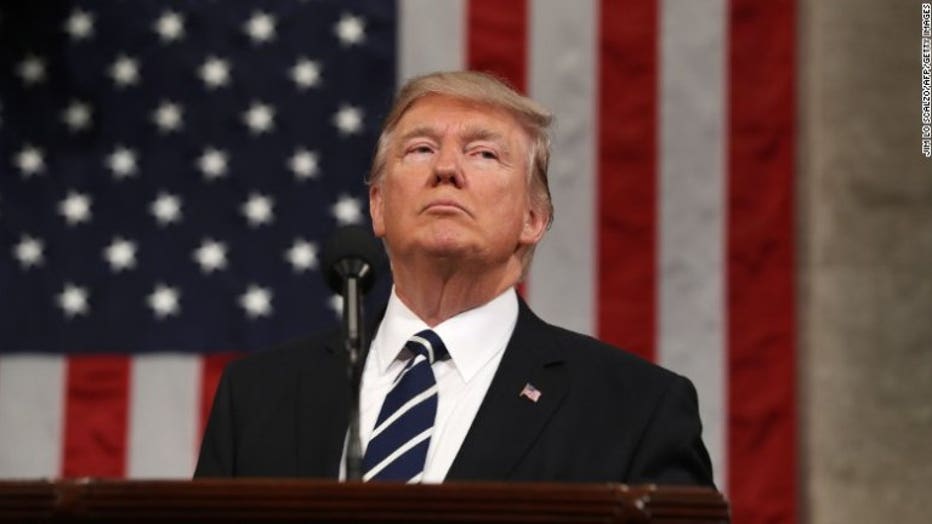
This new poll was conducted between March 13th and March 16th by interviewing 800 registered voters. The margin of error is +/- 4.4 percent.
Ahead of a scheduled Thursday vote in the U.S. House on the Affordable Care Act replacement bill pushed by President Trump and Speaker Paul Ryan, Wisconsin voters are divided over health policy.
Six percent want to leave the current law untouched and 54 percent support keeping the Affordable Care Act with improvements.
On the other hand, 28 percent want to repeal and replace the current law and 8 percent say the Republican-controlled Congress should just repeal it.
"It's a little bit more support for the Affordable Care Act than we saw in the past, but it’s not dramatically unchanged," Franklin said. "And part of that comes from the uncertainty about what comes next, which is highly uncertain right now because we’re just at the beginning of the legislation."
The GOP health bill is likely headed for a close vote in the House, where it has already been changed in an attempt to win enough votes. In its current form, the legislation is unlikely to pass the Senate.
What politicians call the law matters. The poll showed that 51 percent of Wisconsin voters said they supported the "Affordable Care Act," while only 40 percent said they agreed with "Obamacare," which is what the law is commonly called.
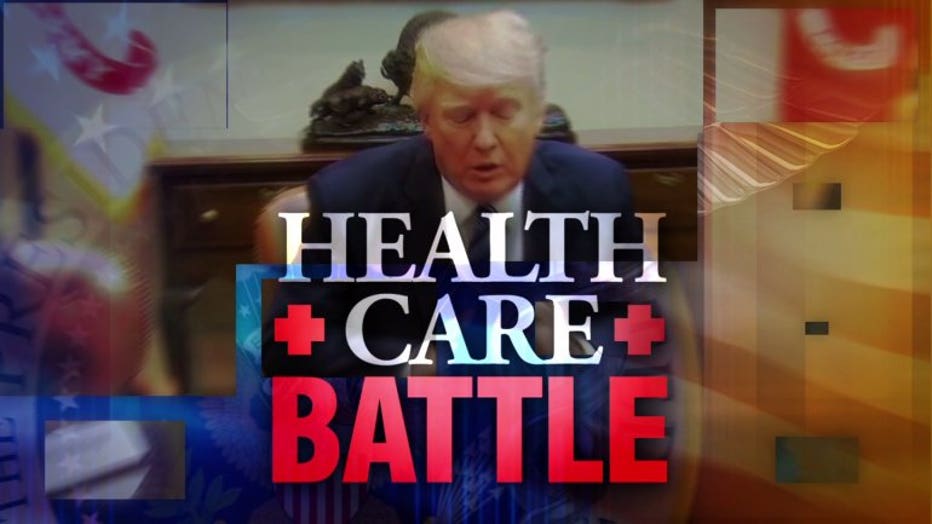
Health care battle
Gov. Scott Walker's approval rating stands at 45 percent in March, the highest it's been in more than two years. Walker will likely launch a re-election campaign later this year for a third term as Wisconsin governor.
Below are the full poll results, as released by Marquette:
Russian effort to influence 2016 election
In the poll, taken before public congressional hearings on March 20, voters split evenly on whether they were concerned that the Russian government may have attempted to influence the 2016 election. Thirty percent say they are very concerned about this, 20 percent are somewhat concerned, 18 percent are not too concerned and 30 percent are not at all concerned. Partisan divisions are sharp on this question, with 83 percent of Republicans not at all or not too concerned while 85 percent of Democrats are very or somewhat concerned. Forty-seven percent of independents are very or somewhat concerned while 50 percent of independents are not at all or not too concerned about the issue.
Health care law
Asked what they would like to see Congress do about the 2010 health care reform law, 6 percent favor keeping the law as it is, 54 percent would keep and improve it, 28 percent favor repealing and replacing the law and 8 percent would repeal and not replace the law.
Sixty-one percent of Republicans favor repeal and replace, with 13 percent favoring repeal and not replace. Twenty-four percent of Republicans would keep the law but improve it and less than a half-percent would keep the law as it is. Sixty percent of independents would keep the law and improve it, with 4 percent saying they would keep it as it is. Twenty-three percent of independents would repeal and replace the law, and 9 percent would repeal it and not replace it. Seventy-five percent of Democrats would keep and improve the law, and 15 percent would keep it as it is, while 4 percent would repeal and replace it and 3 percent would simply repeal it.
Opinion of the 2010 health reform law varies depending on whether it is described as “the Affordable Care Act” or as “Obamacare.” A random half of the sample was asked “As you may know, a health reform bill was signed into law in 2010, often called the Affordable Care Act. Given what you know about the health reform law, do you have a generally favorable or generally unfavorable opinion of it?” while the other random half of the sample was asked, “As you may know, a health reform bill was signed into law in 2010, often called Obamacare. Given what you know about the health reform law, do you have a generally favorable or generally unfavorable opinion of it?”
When it was described as “the Affordable Care Act,” 51 percent said they have a favorable view of the law while 40 percent have an unfavorable view and 9 percent said they don’t know. When the law was described as “Obamacare,” 40 percent reported a favorable view, with 53 percent unfavorable and 6 percent lacking an opinion.
Sex of the respondent affects both overall opinion of the health law and the effect of what it is called. Among men overall, 35 percent have a favorable and 59 percent an unfavorable view of the law. Among men, when the law was described as the “Affordable Care Act,” 40 percent are favorable to it and 50 percent are unfavorable, but when described as “Obamacare,” 31 percent are favorable and 66 percent are unfavorable. In contrast, among women overall, 55 percent have a favorable view of the law, with 35 percent unfavorable. When it is described as the “Affordable Care Act,” women are 58 percent favorable and 32 percent unfavorable. When it is labeled “Obamacare,” women are 51 percent favorable and 38 percent unfavorable.
Education also plays a role in the effect of how the law is labeled. Among those without a college degree, 52 percent are favorable and 36 percent unfavorable when the law is called the “Affordable Care Act,” a split that reverses when it is called “Obamacare” to 36 percent favorable and 56 percent unfavorable. Among those with a college degree, 47 percent are favorable and 49 percent unfavorable toward the “Affordable Care Act,” and 50 percent are favorable to 45 percent unfavorable toward “Obamacare”.
While details of a replacement for the 2010 health care reform law are currently being debated, 49 percent of respondents think a replacement law will decrease the number of people who have health insurance, 25 percent think the number of insured will not change and 18 percent think a replacement law will increase the number of insured people.
Forty-five percent think a health care replacement bill will increase the cost of health insurance, 21 percent think the cost will not change and 28 percent think costs will decrease under a replacement bill.
Immigration policy
Sixty-six percent of respondents say undocumented immigrants who are currently working in the United States should be allowed to stay and eventually apply for citizenship. Seventeen percent say these immigrants should be able to stay as guest workers but not apply for citizenship and 14 percent say they should be required to leave the U.S. In October, 62 percent supported eventual citizenship, 19 percent favored a guest worker status and 16 percent thought undocumented immigrants should be required to leave the county.
Asked about the administration’s steps to accelerate the deportation of people in the country illegally, including those who may not have committed a serious crime, 43 percent support deportations while 50 percent do not. Support for deportations is 85 percent among those who think undocumented immigrants should be required to leave the country, 60 percent among those favoring a guest worker program and 30 percent among those who think there should be a path to citizenship for undocumented immigrants.
Asked about building a wall along the entire border with Mexico, 37 percent support constructing a wall while 59 percent oppose doing so. Among those who approve of the job Trump is doing as president, 75 percent support the wall while 20 percent oppose it. Among those disapproving of Trump’s handling of his job, 8 percent support the wall and 91 percent oppose it. Opinion follows party lines as well, with 74 percent of Republicans, 7 percent of Democrats and 34 percent of independents favoring the wall, while 23 percent of Republicans, 90 percent of Democrats and 60 percent of independents oppose it.
Supreme Court appointments
To assess how people view appointments to the U.S. Supreme Court, respondents were asked if they would be willing for their senator to vote for a nominee “who was highly qualified but with whom you disagree on a number of policies” or “would you want your senator to vote against any nominee you disagree with no matter how well-qualified.” Sixty-two percent of respondents say they would be willing for the senator to vote for a highly qualified candidate with whom they disagreed while 27 percent said they would want the senator to vote against such a candidate.
In February 2016, following the death of Justice Antonin Scalia but before the nomination of Judge Merrick Garland to succeed him, 57 percent of registered voters said they would want their senator to support a highly qualified nominee despite their disagreements and 30 percent would want the senator to vote against the candidate. While the overall positions on the question have changed only slightly, the partisan structure of opinion has changed. In February 2016, 34 percent of Republicans said their senator should vote for a well-qualified nominee while 50 percent said the senator should vote against. In March 2017, 63 percent of Republicans say they would be willing for their senator to vote for the well-qualified candidate they disagree with, and 32 percent say they would not.
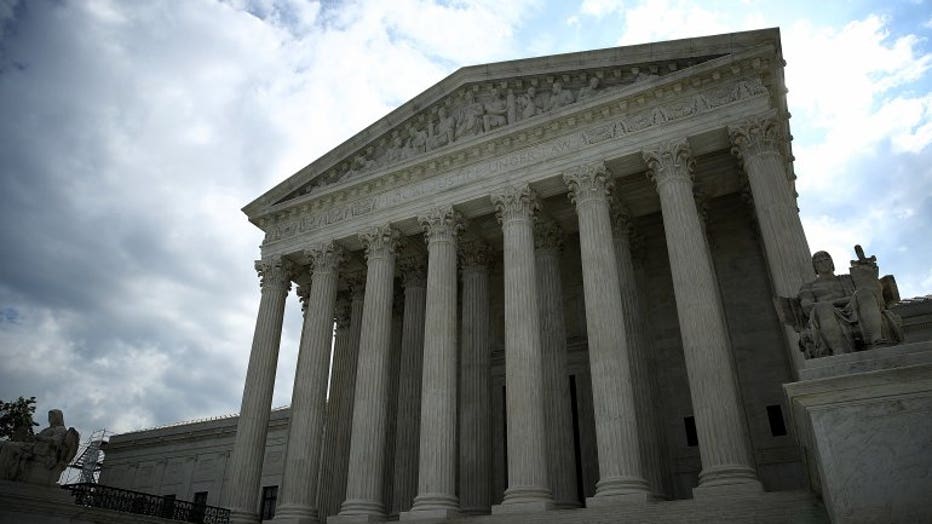
Democrats also shifted in a little over a year, from 70 percent saying their senator should vote for a well-qualified candidate and 19 percent saying they should not, to 57 percent support for a well-qualified candidate and 28 percent preferring their senator to vote against such a candidate.
Independents show relatively little change over this time. Sixty-two percent in 2016 and 66 percent in 2017 say they are willing for their senator to support a well-qualified candidate they disagree with, and 26 percent in 2016 and 21 percent in 2017 say they would be unwilling.
State issues and conditions
Voters are evenly divided on the direction of the state, with 49 percent saying Wisconsin is headed in the right direction and 47 percent saying it is off on the wrong track. When last asked in August 2016, 45 percent said right direction and 51 percent said the wrong track.
Ten percent of registered voters say the state is adding jobs faster than most other states, 39 percent say about the same as other states and 39 percent say Wisconsin is lagging behind most other states, while 11 percent say they don’t know. When last asked in November 2015, 57 percent said the state was lagging behind, 31 percent about the same and 6 percent said Wisconsin was creating jobs faster than other states, with 6 percent saying they didn’t know.
Twenty-nine percent of respondents say the state budget is in better shape than a few years ago, 28 percent say it is about the same and 33 percent say it is in worse shape, with 9 percent saying they don’t know. When asked in April 2015, during the last consideration of a state budget, perceptions were similar, with 33 percent saying the budget was better, 25 percent saying about the same and 38 percent saying it was in worse shape, while 4 percent didn’t know. The outlook was more positive in January 2014 when this question was first asked. At that time 49 percent said the budget was in better shape, 26 percent said it was the same and 20 percent said it was in worse shape.
Voters were reminded that the state borrowed more than $1.5 billion to pay for transportation and road building over the last two state budgets. Asked how the state should pay for transportation, 35 percent would increase taxes and fees, 3 percent would continue to borrow, 9 percent would reduce construction and maintenance and 44 percent would take money from others areas of the budget. Respondents were not asked which areas they would reduce in order to fund transportation.
Respondents were split on whether to reduce University of Wisconsin tuition by five percent for all in-state students (48 percent support) or to use the equivalent amount of money to increase scholarships for low and middle-income students who qualify (45 percent support). Those with household incomes under $40,000 prefer increased financial aid by a 55 percent to 36 percent majority, while those with household incomes over $75,000 prefer a 5 percent across the board tuition reduction by 54 percent to 44 percent. Those in between, earning $40,000 to $75,000, prefer tuition reductions by 50 percent to 43 percent.
Seventy-nine percent say they support requiring able-bodied parents of school-age children to meet minimum work or job training requirements as a condition of receiving state welfare benefits. Seventeen percent oppose such a requirement.
Eighty percent support increasing state aid to K-12 schools in the state, with 17 percent opposed.
Twenty-five percent say they are very satisfied with the public schools in their community, 49 percent are satisfied, 14 percent are dissatisfied and 6 percent are very dissatisfied. Those results are little changed from April 2015 when the question was last asked. At that time 25 percent were very satisfied, 50 percent satisfied, 16 percent dissatisfied and 5 percent very dissatisfied.
Satisfaction with public schools is lowest in the city of Milwaukee, where 7 percent say they are very satisfied, 40 percent satisfied, 36 percent dissatisfied and 11 percent very dissatisfied. That is little changed from previous waves of the poll.
In the rest of the Milwaukee media market, 23 percent are very satisfied, 49 percent satisfied, 15 percent dissatisfied and 7 percent very dissatisfied. In the Madison media market, 29 percent are very satisfied, 48 percent satisfied, 14 percent dissatisfied and 4 percent very dissatisfied. Thirty-one percent of respondents in the Green Bay media market say they are very satisfied with their public schools, with 52 percent satisfied, 5 percent dissatisfied and 5 percent very dissatisfied. In the northern and western parts of the state, 29 percent are very satisfied, 50 percent satisfied, 10 percent dissatisfied and 3 percent very dissatisfied with their public schools.
Whose facts do you trust?
Respondents were asked, “would you be more likely to believe the facts presented by newspaper and television media or would you be more likely to believe the facts presented by elected politicians?” Fifty-seven percent say they would believe the media, 22 percent would believe politicians and 18 percent say they would believe neither.
Evaluation of Wisconsin officials
Gov. Scott Walker receives a 45 percent approval and 48 percent disapproval rating in this poll. In October 2016, his approval rating was 42 percent with 51 percent disapproving.
Voters give similar approval ratings to Republicans and Democrats in the state legislature. Thirty-eight percent approve of the job Republican legislators are doing while 49 percent disapprove and 13 percent say they don’t know. When last asked in November 2015, 31 percent approved and 60 percent disapproved, with 9 percent saying they didn’t know. For Democratic legislators, 36 percent approve and 49 percent disapprove with 14 percent lacking an opinion. In November 2015, 39 percent approved, 49 percent disapproved and 12 percent had no opinion.
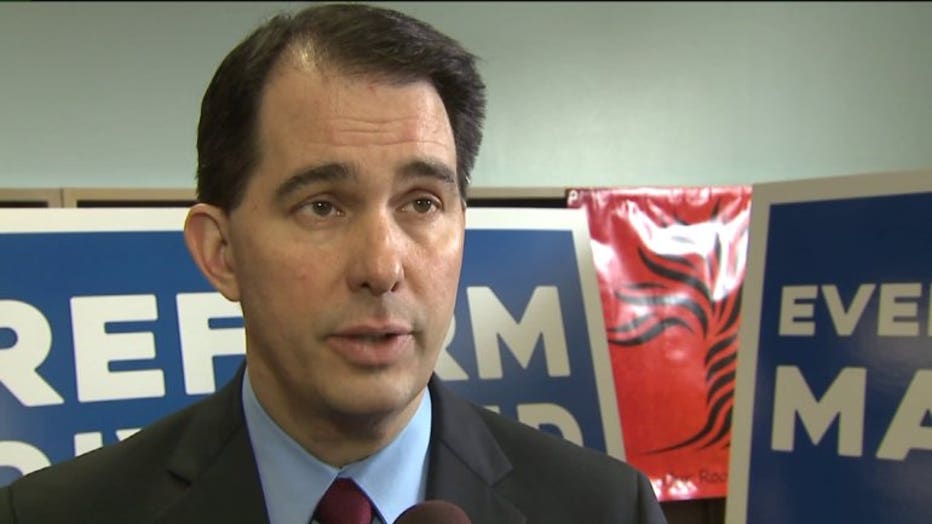
Gov Scott Walker
Sen. Ron Johnson is viewed favorably by 39 percent of respondents with, 34 percent holding an unfavorable view of him. Twenty-six percent say they didn’t know enough to have an opinion or they didn’t know. In October, 41 percent had a favorable view, 38 percent were unfavorable and 21 percent lacked an opinion.
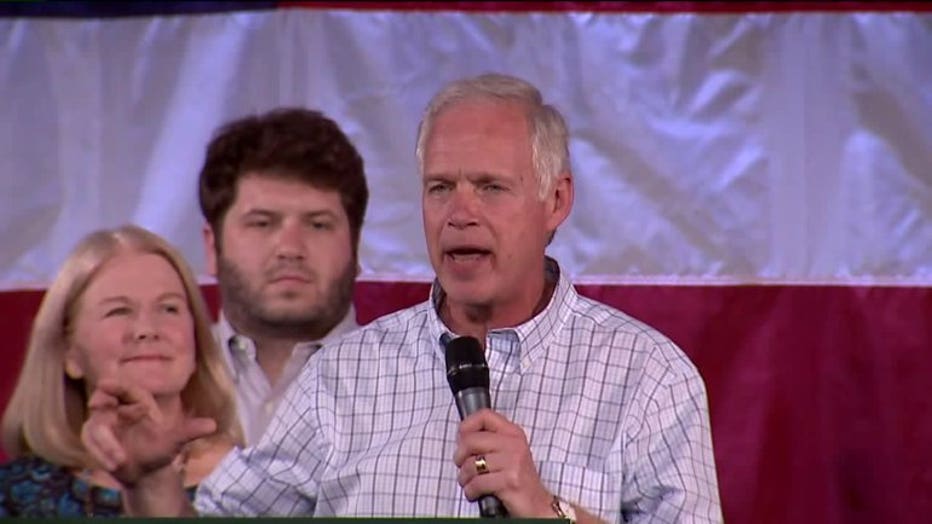
Ron Johnson
Sen. Tammy Baldwin is viewed favorably by 40 percent and unfavorably by 35 percent, with 24 percent lacking an opinion. In October, Baldwin was seen favorably by 37 percent and unfavorably by 37 percent, with 26 percent not giving an opinion.
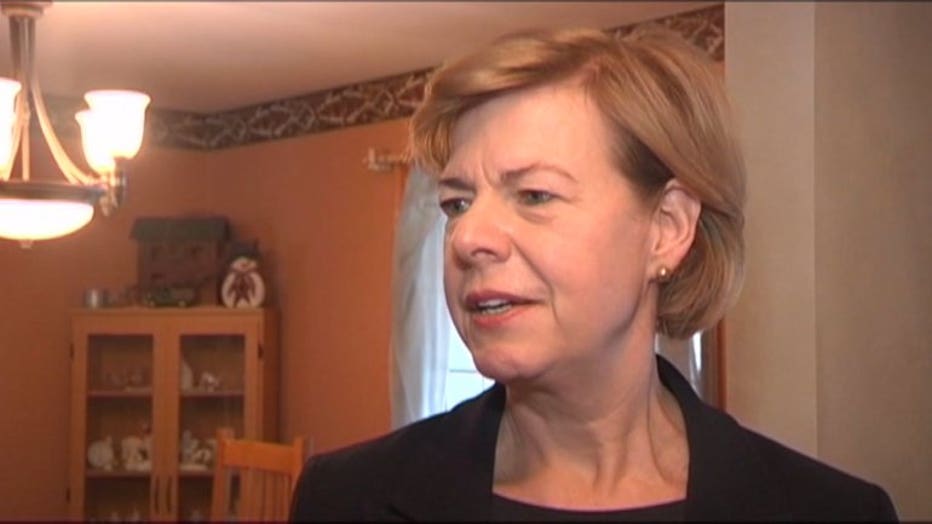
Senator Tammy Baldwin
Speaker Paul Ryan holds a 45 percent favorable to 38 percent unfavorable rating, with 17 percent unable to rate him. In October, 47 percent were favorable, 36 percent unfavorable and 17 percent gave no opinion.
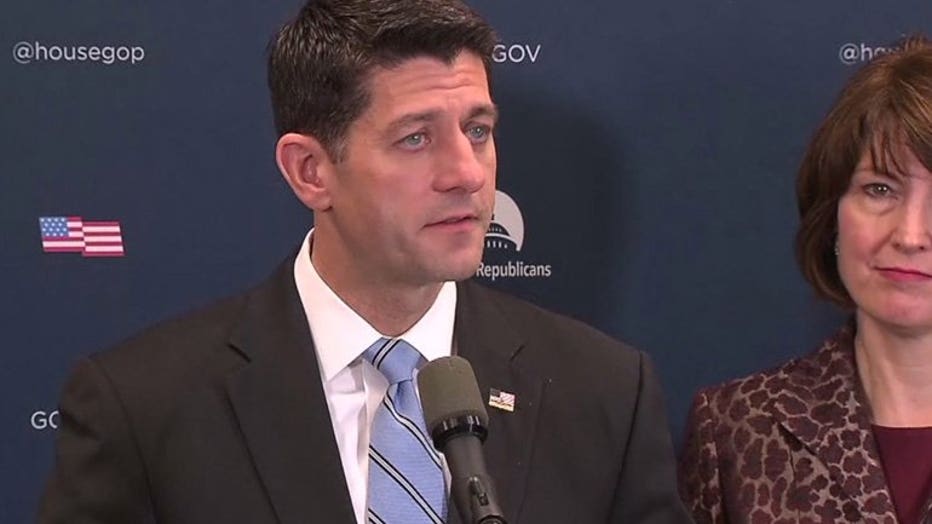
Speaker Paul Ryan
The Marquette Law School Poll is the most extensive statewide polling project in Wisconsin history. The independent poll has provided highly accurate estimates of election outcomes and has gauged public opinion on a variety of major policy issues.

